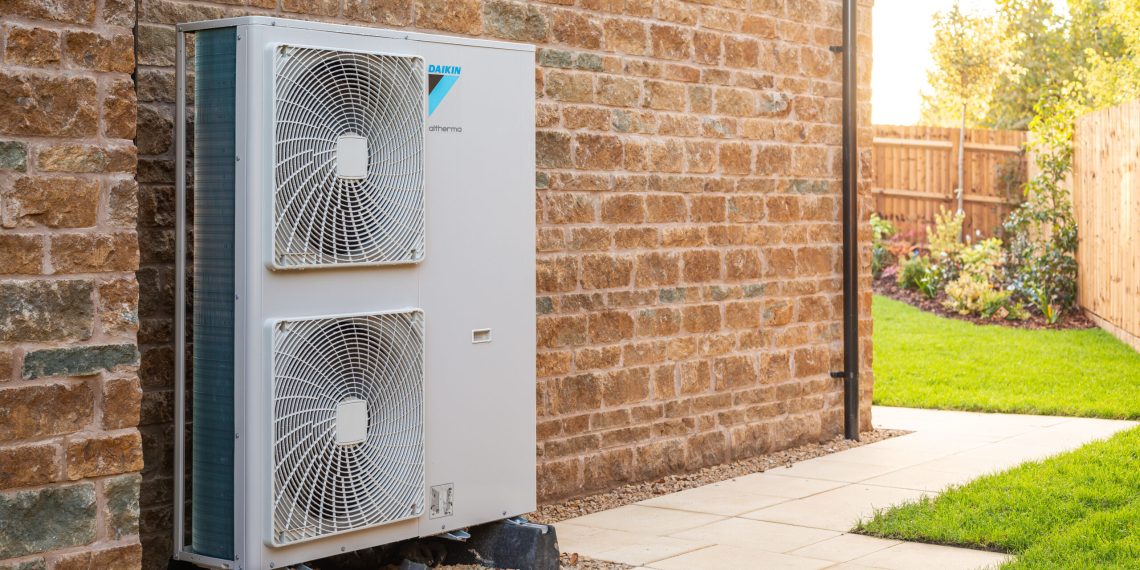Air source heat pumps (ASHPs) are becoming increasingly popular as a renewable and energy-efficient heating solution. They extract heat from the outside air, even at low temperatures, and transfer it inside to heat your home and water. While ASHPs offer numerous benefits, it’s essential to consider their practicality and suitability for your specific situation. Here’s a detailed look at whether an air source heat pump is realistic for your home.
- How Air Source Heat Pumps Work
An ASHP works similarly to a refrigerator but in reverse. It absorbs heat from the outside air and boosts it to a higher temperature using a compressor. This heat is then transferred to your heating and hot water systems. ASHPs can work efficiently even in temperatures as low as -15°C, making them suitable for various climates.
- Benefits of Air Source Heat Pumps
Energy Efficiency: ASHPs can provide 3 to 4 times the amount of energy they consume, making them highly efficient compared to traditional heating systems.
Reduced Carbon Emissions: By using a renewable energy source, ASHPs can significantly reduce your carbon footprint, contributing to environmental sustainability.
Lower Heating Bills: Although the initial installation cost is high, the running costs are lower, which can lead to long-term savings on energy bills.
Versatility: ASHPs can provide both heating and cooling, making them useful year-round.
Eligibility for Incentives: In some regions, installing an ASHP can make you eligible for government incentives and grants, helping offset the initial cost. You can contact Green Improve to see if your home is eligible.
- Considerations for Installation
Home Suitability: ASHPs work best in well-insulated homes. If your home is poorly insulated, you may need to invest in additional insulation to maximize efficiency.
Space Requirements: ASHPs require outdoor space for the unit, which needs to be placed in a location with good air circulation. Ensure you have adequate space and consider potential noise levels, as the unit can produce noise similar to an air conditioner.
Heating Distribution System: ASHPs work most efficiently with low-temperature heating systems such as underfloor heating or larger radiators. If your current system isn’t compatible, you may need to upgrade it.
- Performance in Different Climates
Cold Climates: While ASHPs can operate in cold temperatures, their efficiency decreases as the temperature drops. In extremely cold climates, a supplementary heating system may be necessary.
Mild Climates: In milder climates, ASHPs perform exceptionally well, providing efficient heating and cooling throughout the year.
- Maintenance and Lifespan
Regular Maintenance: ASHPs require regular maintenance to ensure optimal performance. This includes cleaning filters, checking the refrigerant levels, and servicing the compressor.
Lifespan: With proper maintenance, an ASHP can last between 15 and 20 years. Regular check-ups and servicing can help extend its lifespan and maintain efficiency.
- Financial Considerations
Running Costs: While ASHPs can reduce your heating bills, they do require electricity to operate. The overall savings will depend on your current heating system, energy prices, and usage patterns.
Return on Investment: Calculate the long-term savings on energy bills against the initial installation cost to determine the return on investment.
Conclusion
An air source heat pump can be a practical and advantageous choice for your home if conditions are favorable. Evaluate your home’s insulation, current heating system, climate, and budget before deciding. Although the initial investment may be significant, the long-term benefits in energy efficiency, cost savings, and environmental impact make ASHPs a valuable option. Thoroughly research, consult professionals, and explore potential incentives to make an informed decision that meets your needs and goals.







